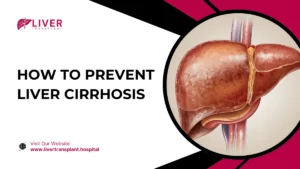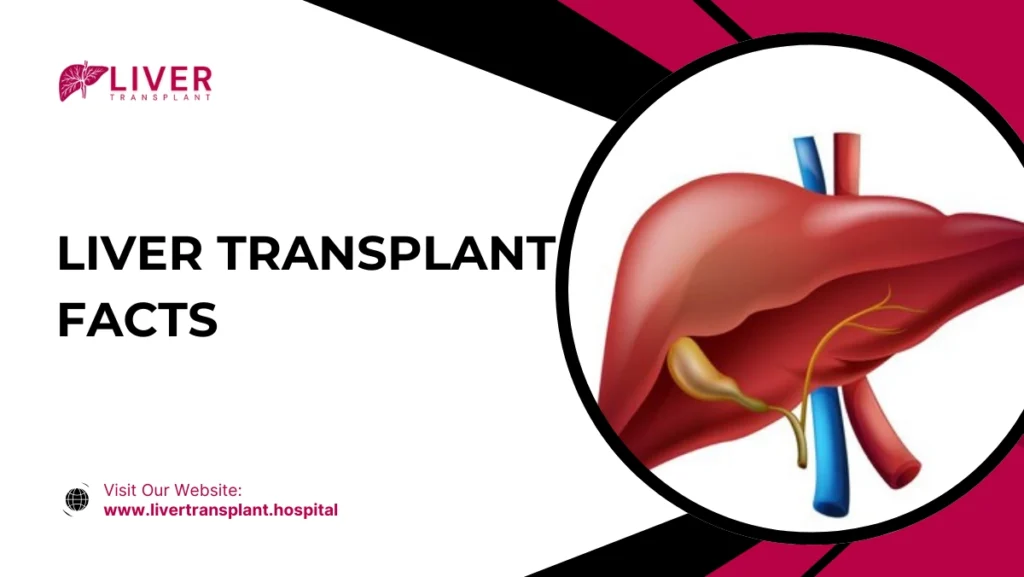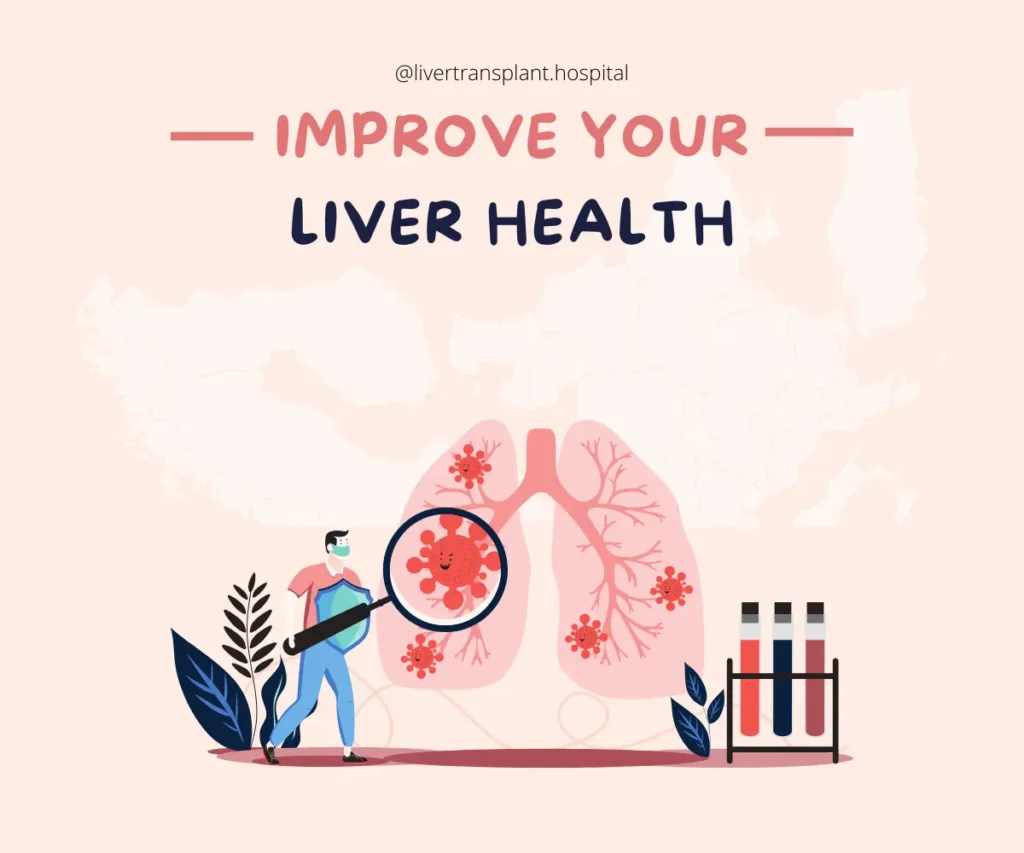
How to Prevent Liver Cirrhosis
How to prevent liver cirrhosis is crucial for maintaining long-term health and well-being

A liver transplant involves surgically replacing a failing or damaged liver with a healthy one from a deceased or living donor. The liver is a vital organ responsible for various essential functions like filtering toxins, producing bile, and processing nutrients. Without a functioning liver, survival becomes impossible, making transplants necessary for some patients.
Liver transplants are more common than you might think. Every year, thousands of people undergo this procedure worldwide. In the United States alone, over 9,000 liver transplants are performed annually. Yet, the demand often exceeds the supply of healthy livers, leaving many patients waiting for a suitable donor.
There are three main types of liver transplants:
Each type has its advantages and challenges, but all aim to save lives and improve the recipient's quality of life.
Like any major surgery, a liver transplant comes with risks.
How dangerous is a liver transplant? Liver transplants are generally safe, but potential complications do exist. It’s important to understand these risks to prepare for the procedure and recovery. Here are the key risks and complications:
While these risks may seem daunting, it’s important to remember that liver transplants save lives. Success rates have improved significantly over the years, and most patients experience a marked improvement in their quality of life. Advances in medical technology and care continue to reduce complications and enhance outcomes.
The wait for a liver transplant can be emotionally and physically challenging. Patients are placed on a waiting list based on the severity of their condition, using a scoring system like MELD (Model for End-Stage Liver Disease). While waiting, patients and their families need to stay prepared and informed.
Here’s what you can do while waiting:
Liver transplant facts: Patients on the waiting list may wait months or even years, depending on their priority and donor availability. Maintaining a positive outlook and following your doctor’s advice is essential during this time.
Beyond its role in digestion, the liver has fascinating characteristics:
Understanding these unknown facts about the human liver underscores why keeping it healthy is vital. A healthy liver is not only essential for survival but also for overall well-being.
Liver transplant facts highlight how crucial this procedure is for those battling severe liver conditions. If you or a loved one is considering a liver transplant, it’s essential to stay informed, ask questions, and maintain hope. This procedure has given countless individuals a second chance at life. For more information or to speak with an expert, contact us today. Understanding your options could be the first step toward a healthier and happier life. Reach out to learn more about how we can assist you on your journey to recovery.
Recovery varies, but most patients stay in the hospital for about two weeks after surgery. Full recovery can take three to six months, depending on your overall health and how well your body adjusts to the new liver. Regular follow-ups and adherence to medical advice are crucial for a smooth recovery.
Common signs include yellowing of the skin (jaundice), fatigue, confusion, abdominal pain, swelling in the legs, and dark urine. If you notice these symptoms, consult a doctor immediately, as early intervention can improve outcomes and possibly avoid the need for a transplant.
Yes, many people live healthy and active lives after a liver transplant. Following your doctor’s advice and taking prescribed medications are key to maintaining your health. Most patients return to normal activities within a few months and enjoy a significantly improved quality of life.
While there are risks like infection and rejection, liver transplants are generally safe with high success rates. Advances in medicine have made this procedure safer than ever. Discussing potential risks with your medical team can help you prepare for the procedure and recovery.
In some cases, treatments like medications, lifestyle changes, or minimally invasive procedures may help manage liver disease. However, for end-stage liver failure, a transplant is often the only option. Exploring all available options with a specialist is crucial to making an informed decision.
Medically reviewed by Reema Patel, MPA, PA-C — Written by Rebecca Joy Stanborough, MFA — Updated on August 31, 2022


How to prevent liver cirrhosis is crucial for maintaining long-term health and well-being

Best Treatment for Hepatitis B in Chennai with specialized care, advanced therapies, and experienced medical professionals.

Advanced liver cancer treatment in Chennai offers specialized care with cutting-edge therapies, skilled oncologists, and support.

Top liver specialist in Chennai offering expert care for liver diseases, transplants, and advanced treatment options.